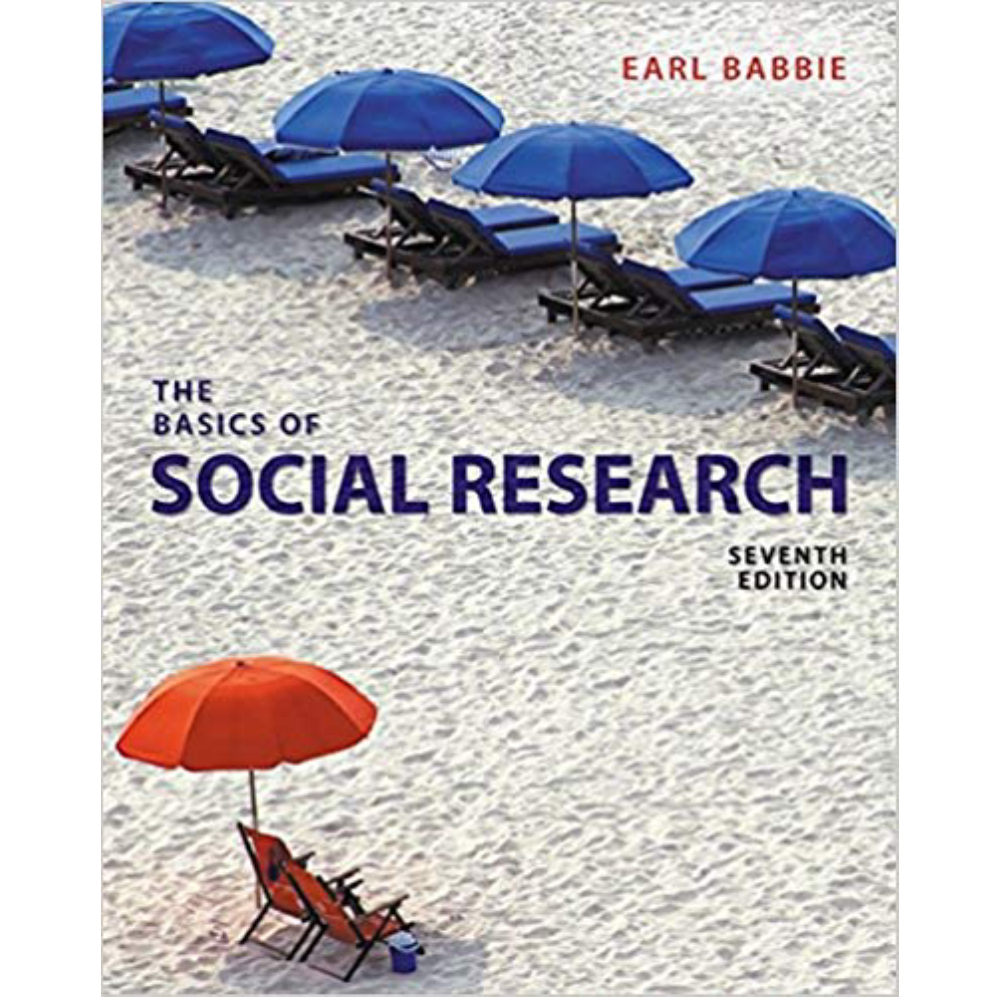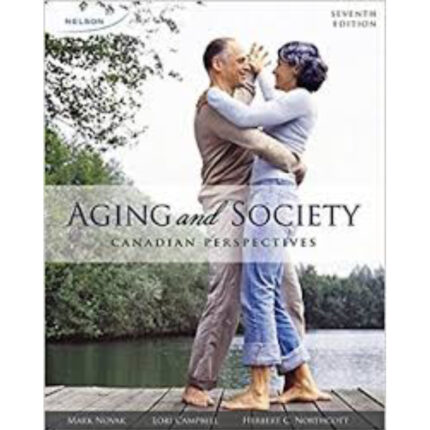Overview
1. Which of the following modes of observation does NOT require the researcher to intrude to some degree on
whatever he or she is studying?
a. Interviews
b. Focus groups
c. Complete participant observation
d. Content analysis
e. All of these choices require the researcher to intrude
ANSWER: d
REFERENCES: Content Analysis
TOPICS: Factual
NOTES: Modified
2. If we wanted to determine whether states that pass clean air legislation (no smoking in public areas) are more
likely to enact laws requiring motorcyclists to wear helmets than are states that had not passed clean air legislation,
the unit of analysis would be:
a. the individual states.
b. the individual act of legislation.
c. passage or nonpassage of the clean air legislation.
d. the clean air legislation.
e. states that passed clean air legislation.
ANSWER: a
REFERENCES: Content Analysis
TOPICS: Conceptual
NOTES: Pickup
3. Which of the following are not illustrative of unobtrusive observations?
a. Examining the floor tiles at a museum to determine which exhibits are the most popular
b. Examining the number of beer cans in the university garbage collections to determine beer consumption
patterns
c. Examining the wear on the tires of squad cars to determine the extent of police patrols
d. Examining the radio dial settings of cars brought in for oil changes to determine the popularity of radio
stations
e. Examining domestic violence by conducting interviews
ANSWER: e
REFERENCES: Content Analysis
TOPICS: Applied
NOTES: Modified
4. In comparison to coding the manifest content of communication, coding the latent content:
a. has a disadvantage in terms of validity.
b. has an advantage in terms of reliability.
c. is better designed for tapping the underlying meaning of communication.
d. has an advantage in terms of specificity.
e. is easier to complete.
ANSWER: c
REFERENCES: Content Analysis
TOPICS: Factual
NOTES: Pickup
5. Professor Perlman was interested in comparing two textbooks to determine whether one used more sexist
language than the other. Perlman counted the number of times a gender reference (ex: “he,” “she,” “chairman,”
etc.) appeared in each book. Perlman was doing:
a. latent content coding.
b. manifest content coding.
c. quota sampling.
d. the ecological fallacy.
e. base counting.
ANSWER: b
REFERENCES: Content Analysis
TOPICS: Applied
NOTES: Pickup
6. In a study of two magazines, Marie found that the first magazine had 150 uses of male pronouns (he, him, etc), but
only 75 uses of female pronouns (she, her, etc). The second magazine had 200 uses of male pronouns, and 205
uses of female ones. What can be concluded from her work?
a. Magazine 1 was twice as sexist as magazine 2.
b. Magazine 2 was not sexist.
c. Magazine 2 was half as sexist as magazine 1.
d. Magazine 2 had 130 more female pronouns.
e. Magazine 1 was sexist.
ANSWER: d
REFERENCES: Content Analysis
TOPICS: Conceptual
NOTES: Pickup
7. A friend of yours was interested in determining whether the news media noticed campus events. Your friend
decided to do a content analysis of the local paper.Your friend counted each story that mentioned his university’s
name. At the end of two months, 136 events had been counted. Your friend asked for your comments on his
research. You told your friend:
a. he did manifest coding.
b. he did latent coding.
c. he should have recorded the base.
d. he did manifest coding and he should have recorded the base.
e. he did latent coding and he should have recorded the base.
ANSWER: d
REFERENCES: Content Analysis
TOPICS: Conceptual
NOTES: Pickup
8. Which of the following levels of measurement(s) may be employed in content analysis?
a. Nominal
b. Ratio
c. Interval
d. Ordinal
e. Nominal, ordinal, interval, and ratio
ANSWER: e
REFERENCES: Content Analysis
TOPICS: Conceptual
NOTES: Pickup
9. A friend of yours is doing a term paper to compare the infant mortality rates in the United States, Japan, Bolivia,
and Pakistan. You tell your friend that a good source to check is:
a. Common Cause.
b. the Demographic Yearbook.
c. the Statistical Abstract of the United States.
d. the Gallup poll.
e. the Almanac.
ANSWER: b
REFERENCES: Analyzing Existing Statistics
TOPICS: Applied
NOTES: Pickup
10. You are interested in doing a content analysis on the characteristics people seek in a partner by examining the
personals section of three newspapers. Your unit of analysis is:
a. the three newspapers.
b. the characteristics desired in a partner.
c. the individual ads.
d. the personals section of the paper.
e. the person who wrote the ad.
ANSWER: b
REFERENCES: Content Analysis
TOPICS: Applied
NOTES: Pickup













Reviews
There are no reviews yet.